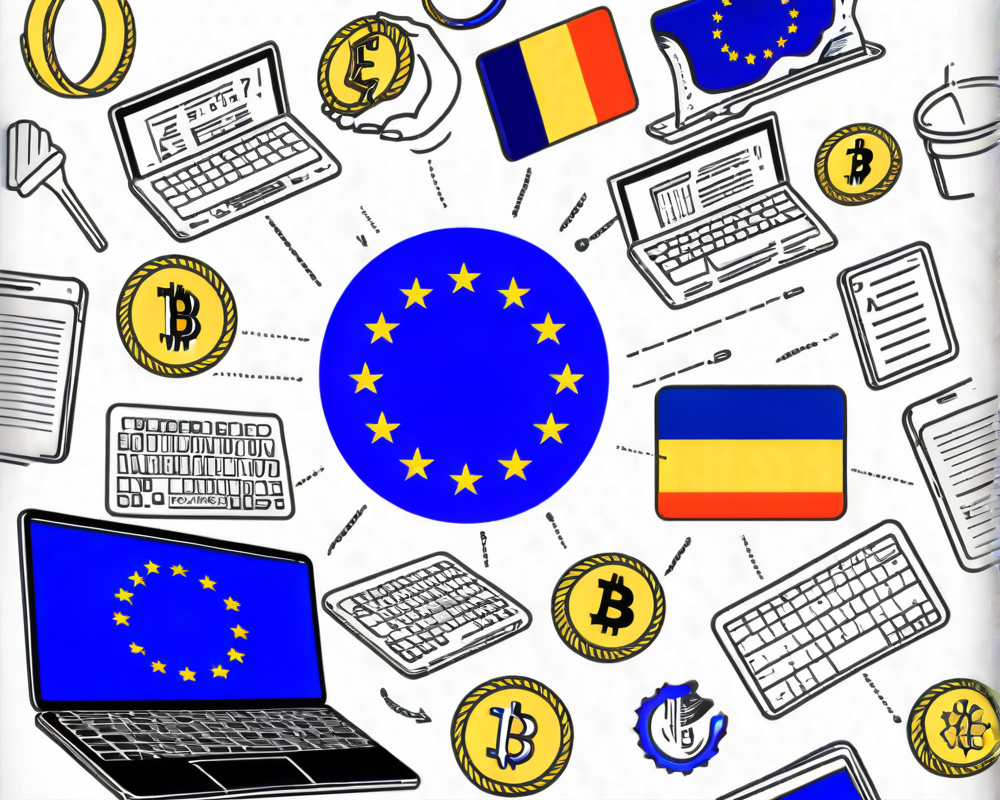Introduction: The Digital Asset Dilemma
The European Union is buzzing with talk of digital assets, like those new-age, sleek cars that everyone admires but few understand. Recently, the economic and financial affairs ministers from the EU’s 28 member states decided it was high time to gather (informally, of course) to hash out the challenges these digital assets bring.
A Sneak Peek into the Meeting Agenda
This September 7 gathering in the grand city of Vienna is going to cover some serious ground. According to a draft note leaked to Bloomberg, the agenda features hot topics such as:
- Lack of Transparency: Participants will dive into the murky waters of how digital currencies often operate with a cloak of mystery.
- Tax Evasion and Money Laundering: There’s talk that cryptocurrencies could be the secret escape route for tax cheats and less-than-savory crime syndicates.
- Cybersecurity Risks: With increased operations in the digital space, the threat of cyberattacks lurks like your neighbor’s overly friendly cat.
ESMA’s Warning: A Flashing Red Light
The European Securities and Markets Authority (ESMA) has raised its metaphorical fist, warning potential investors about the perils of Initial Coin Offerings (ICOs). On one hand, you have a glamorous way to raise capital; on the other, it’s like trying to dance on a tightrope—risky and precarious. According to ESMA, the problem lies in the overall lack of understanding and regulatory oversight:
“Unregulated exchanges expose customers to potential losses without any safety net provided by EU law.”
The Regulatory Framework: In Full Force
As if the EU had a superhero cape, the Fifth Anti-Money Laundering Directive came swooping in on July 9, equipped with shiny new rules aimed at digital currencies. This directive ensures that:
- Increased transparency requirements are now a must.
- Anonymous payments through prepaid cards and virtual currency exchanges are under scrutiny for potential illicit use.
This legal framework shifts the power dynamics, giving European financial watchdogs more clout when monitoring these otherworldly currencies.
Wrap-Up: Finding the Balance
It seems while the EU recognizes the innovative potential of ICOs for capital raising, it is equally wary of the risks they entail. The new regulations, such as tightening rules on Contracts for Differences (CFDs) in cryptocurrencies, make sure that investors aren’t just playing a game of chance in the dark.
As the September meeting approaches, expect to see policymakers jostling for a way to strike a balance between innovation and regulation. After all, no one wants to attend a dance if the floor keeps disappearing beneath their feet!




